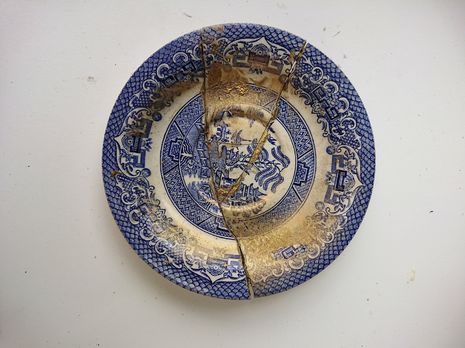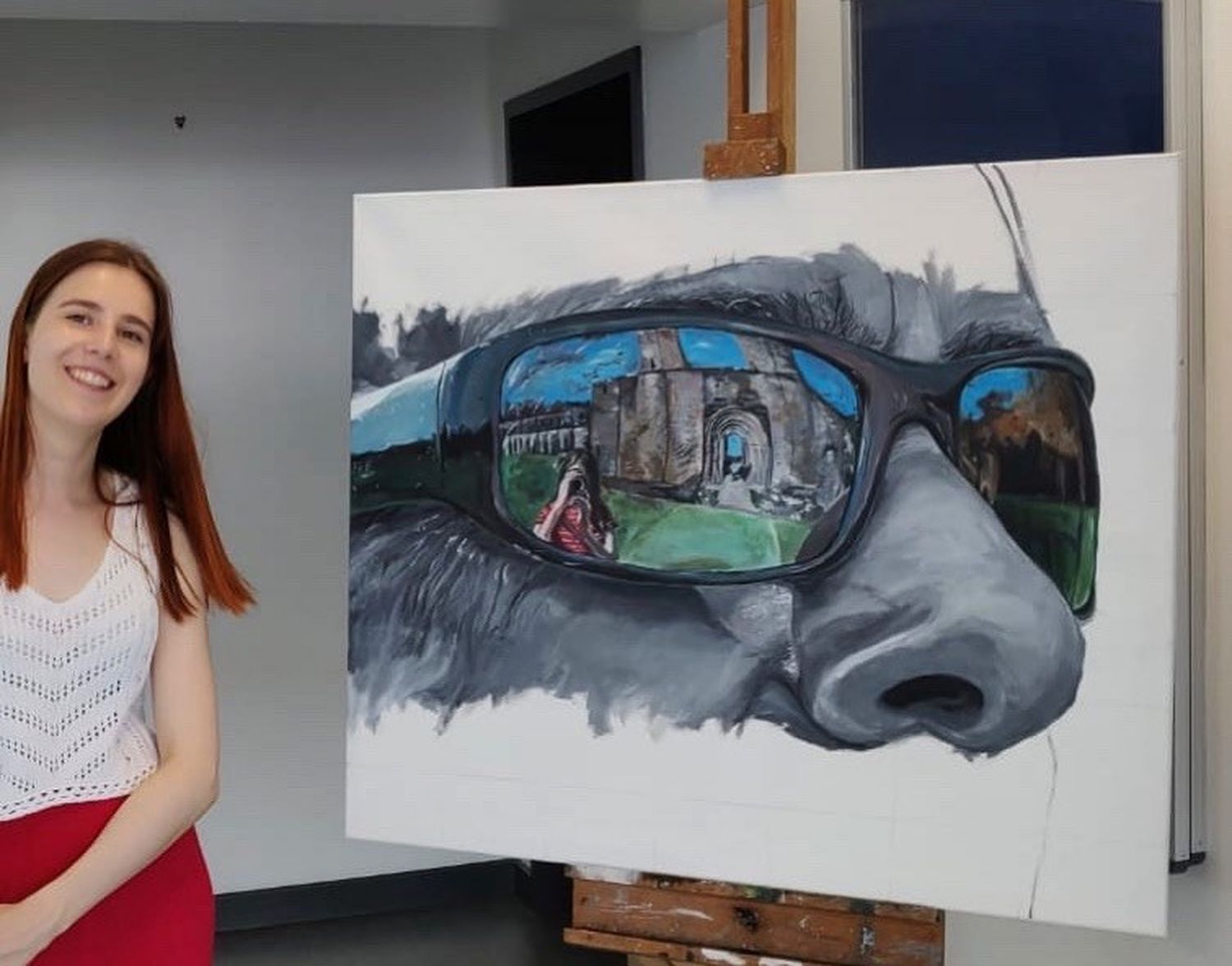The healing power of Kintsugi
Heather Cameron recounts her experience with Kintsugi and how the process of creating helped her through intermission

Kintsugi is a Japanese art form which reconfigures broken pottery with gold-dust glue. The mended pot has vein-like streaks of gold: the former breaks are a beautiful part of its new form.
I encountered Kintsugi just before I intermitted from university two years ago. I went to a talk by ‘Kintsugi Hope’, a charity which uses Kintsugi as a metaphor to think about mental health. They challenge the stigma of mental illness and vulnerabilities, campaigning for better provision of spaces and support for individuals to heal and recuperate.
“The point is not that the pot is broken; it is that it can be mended, and that those former breakages can become something beautiful”
This metaphor is something to chew on. The point is not that the pot is broken; it is that it can be mended, and that those former breakages can become something beautiful. This seems to provide something profoundly hopeful with which to think about the restoration of mental health. The physical body experiences injury: ‘broken’ bones, ‘torn’ muscles, ‘inflamed’ joints. These injuries can be identified and addressed; they can be treated, and some can heal. Other injuries will not heal completely; they may leave scars, chronic inflammation, pain, or changed form. Similarly, then, the mental, emotional body experiences injury, some of which can heal and some of which will not. And these two are, of course, not separate – health is a holistic experience. But the difference that the image of Kintsugi provides is that injuries, regardless of whether they can be healed or not, are not something to be ashamed of.
During intermission and the subsequent year of remote study, the image of Kintsugi and the metaphor for holistic health endured in my mind. It gave me hope for the rough, undulating, and uncertain journey I went through. It spoke of an acceptance of my whole being – which felt painful, anxious, emotionally burnt out. It spoke of a way to understand what I experienced and what process I pursued to try to recover health – just like piecing together fragments of a broken pot, it would take time, patience, and perseverance, but there was a possibility to ‘build up’ again. It spoke of beauty in vulnerability, not some impossible or superficial veneer of ‘perfection’.
I didn’t expect this image to also endure physically, materially – through artwork of my own. Yet, like a flurry of snow, creations unexpectedly but seemingly inescapably flowed from my own journey of intermission and remote study. One of the first was my own attempt at Kintsugi: a broken plate, inexpertly reassembled again. Other broken or abandoned objects drew my attention: weaving tin foil, corks, can-lids into new lives on paper. This opened up the way for creations which didn’t follow a format; creations which were less beautiful, more frankly weird, some processing explicit feelings or particular experiences, others led by the brush… Even my perception of beauty evolved to a more expressive, imperfect, dynamic form. Maybe creating is so life-giving because it is simultaneously about birth of new life, and continuation of old: each piece is new and yet inevitably inspired by experience and environment; and each piece is new and yet the process of creating is age-old.
“Before, during, and after healing, those fracture-lines are no reason to be ashamed”
There are many artists who created while experiencing health issues. Matisse famously continued to produce art while in a wheelchair, changing his methods to meet his capacity – cutting out paper figures and using chalk on the end of a stick. Musicians, too, have created while experiencing chronic health issues – Evelyn Glennie, Stevie Wonder, and of course Beethoven. When we lose a capacity – whether that be hearing, sight, movement, emotional stability – we gain another through expression and imagination. I saw this too for my Granny – who was largely confined to a chair for the last ten years of her life, but speaking with her was invigorating; her imagination was as supple and strong as a silver birch.
Over the duration of my lifetime, ‘mental health’ has emerged from its place of abandonment in cobwebbed cellars. Mental health is at long last becoming seen as a medical condition – not a social taboo. Under too much pressure, pots, bones, and mental health can all become fragile, weak and break. But once broken, the story doesn’t end. Pots, bones, and human beings can all be pieced back together again. In safe spaces, with skilled care and much patience, restoration can happen. And before, during, and after healing, those fracture-lines are no reason to be ashamed. It is just the nature of being a pot, a bone, or a human being – vulnerable to potential damage, but wholly and always precious and beautiful.
 News / Cambridge academics stand out in King’s 2026 Honours List2 January 2026
News / Cambridge academics stand out in King’s 2026 Honours List2 January 2026 Interviews / You don’t need to peak at Cambridge, says Robin Harding31 December 2025
Interviews / You don’t need to peak at Cambridge, says Robin Harding31 December 2025 Comment / What happened to men at Cambridge?31 December 2025
Comment / What happened to men at Cambridge?31 December 2025 News / Varsity’s biggest stories of 202531 December 2025
News / Varsity’s biggest stories of 202531 December 2025 Features / “It’s a momentary expression of rage”: reforming democracy from Cambridge4 January 2026
Features / “It’s a momentary expression of rage”: reforming democracy from Cambridge4 January 2026










